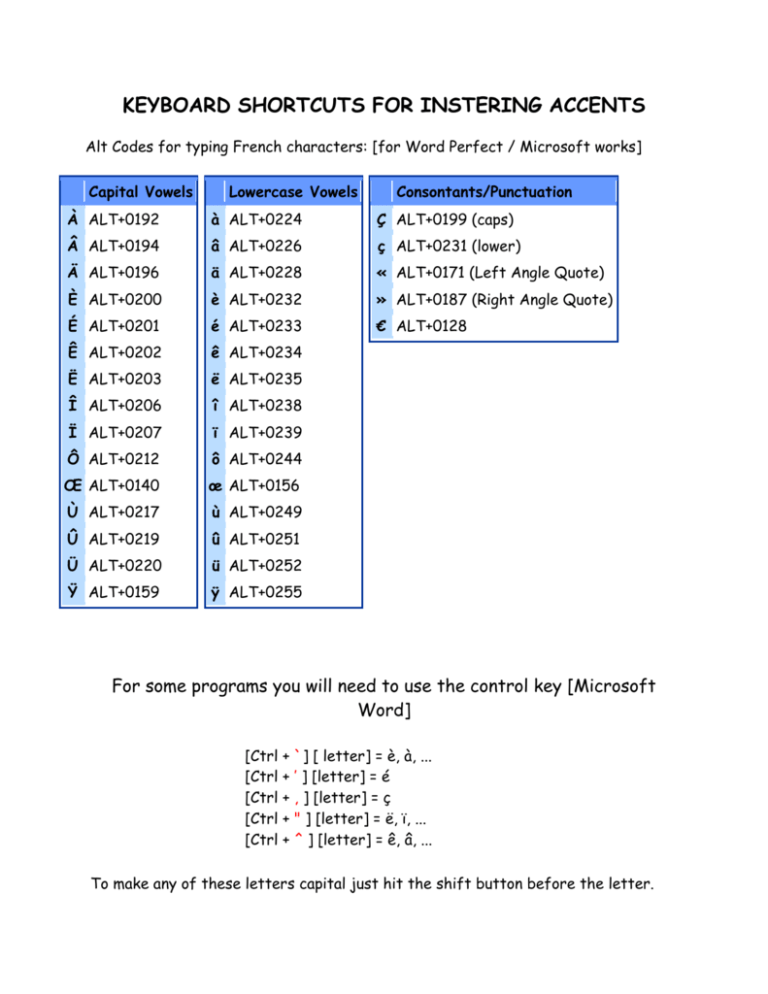

The Emoji Panel in Windows 10/11 has the umlaut and other accented characters buried deep. PowerPoint totally ignores the Word umlaut shortcut. In Excel, Ctrl + Shift + : inserts the current time as a string (not the Time() or Now() functions). Consistency across the Office apps is something Microsoft talks about but doesn’t manage too well. If you thought the same Ctrl + Shift + : trick would work in Windows versions of Excel or PowerPoint, you’re in for a disappointment. Typing Option + U makes an umlaut appear in the document, typing another letter adds the umlaut if there’s an umlauted letter available. Press Option + U (U for umlaut, geddit?) then the letter you want.
A with umlaut shortcut mac#
It’s a lot easier on a Mac computer because there’s a shortcut that works in all apps. After that press the vowel key you want and, presto, the letter appears with an umlaut. In Microsoft Word or Outlook for Windows, the shortcut is Ctrl + Shift + : (hold down Ctrl and Shift then type the colon key).

It is possible to insert accent letters with keyboard shortcuts. There is a function for insert accented letters in the symbol window. Microsoft Word can be used to make it happen. Type ‘naive’ and Word will add the umlaut automatically. If you dont have a specialized keyboard, you have to type with accent marks in Word. Speaking of ‘naïve’ that’s an example of a word autocorrected to add an umlaut in Word’s default English AutoCorrect list. Also in Finnish, Estonian, Turkish and others. French have them too in words like naïve. Sometimes adding an umlaut alters the whole meaning of the word. Umlauts are important because they’re not just a guide to pronunciation.

There are alternatives in Windows and Mac if you’re not using Word. Once you know the ‘secret’ shortcut, it’s easy to type the umlaut vowels ä ë ï ö ü Ä Ë Ï Ö Ü in Word and Outlook but, alas, it’s not the same in Excel or PowerPoint.


 0 kommentar(er)
0 kommentar(er)
